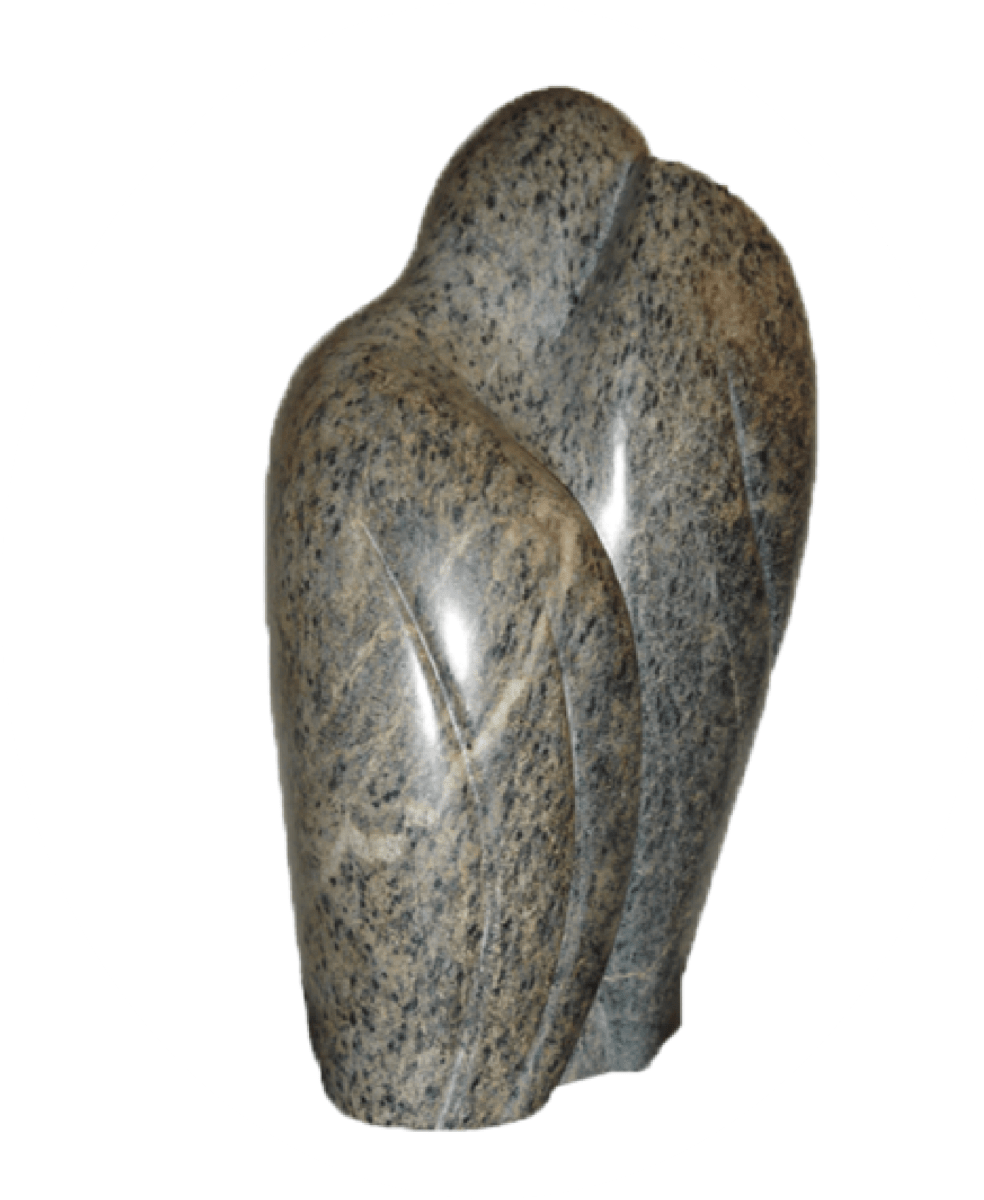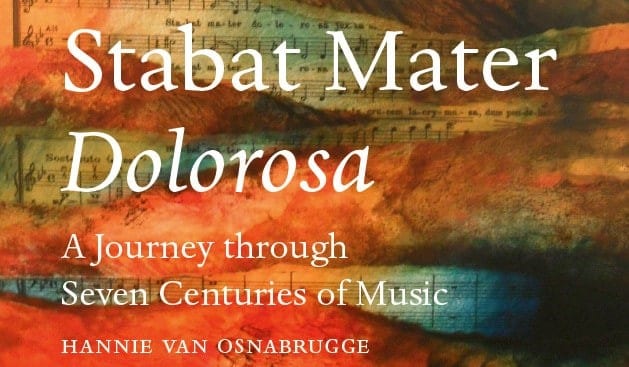Giovanni Paisiello
About the composer
Giovanni Paisiello was born in 1740 in Roccaforzata (Taranto), Italy. He studied in Naples and was a pupil of Francesco Durante. He stayed for some eight years in St.Petersburg, as Maestro di Cappella to Catherine II. Apart from a period in Paris, he then stayed the rest of his life in Naples, where he died in 1816. He composed some 100 opera’s, some of which became very popular, like La Serva Padrona (Pergolesi preceded him with this subject), Il Barbiere di Seviglia (later also by Rossini) and Nina. But he also composed piano concertos, chamber music and sacred works.
About the Stabat Mater
| Date: | 1810 |
| Performers: | Soprano's, Alto, Tenor, Bass and Orchestra |
| Length: | 38.50 minutes |
| Particulars: | The Stabat Mater is in fact the Pergolesi Stabat Mater, but with an extension of the accompaniment. Instead of Pergolesi's two violins Paisiello used a complete orchestra, with strings and woodwinds. The work is divided into 12 parts, but the final "Amen" is treated as a separate, 13th part. In this record the singing is done by four soloists, which I thought to be an interpretation of the conductor. When I asked Mr.Camerlingo about it, he gave the following interesting comment (somewhat abridged and adapted by me): |
| Textual variations: | The text is the same as Pergolesi's: the "Analecta"-version of the text is used, with one change: |
| Colour bar: |
|
Information about the recording
| CD: | Agorá Musíca AG 251: Giovanni Paisiello, Stabat Mater del Pergolese |
| More info: | Recorded in February 2000 at the Palazzo Cattaneo in Cremona. I bought this CD on the Internet, JPC.de, 2001. Use the link at the bottom of the page to listen to a performance with conductor Mr. Camerlingo. |
| Orchestra: | Cosarara |
| Conductor: | Giuseppe Camerlingo |
| Soloists: | Ermonela Jaho, soprano |
| Other works: | Sequenza "Alleluja in Aeternum" |
| Code: | 2001 PAI-01 |





